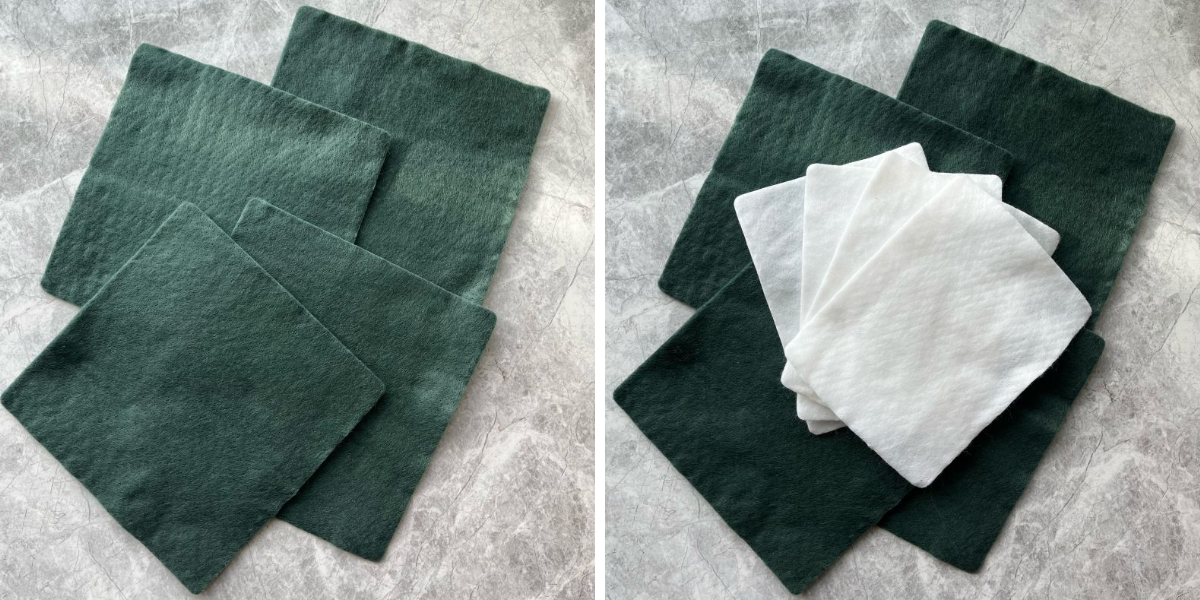HDPE geomembrane plus filament nonwoven geofabric for alumina red mud storage facility
For the alumina red mud storage facility project, geomembrane in conjunction with filament nonwoven geofabric is a perfect solution to ensure the structural integrity and environmental safety of the storage site. The impermeable nature of HDPE geomembrane acts as a reliable barrier, preventing any leachate or seepage from the red mud, thereby safeguarding the surrounding soil and groundwater. The filament nonwoven geofabric, on the other hand, provides additional reinforcement, enhancing the overall stability of the storage structure and minimizing the risk of erosion or soil displacement.
Problems To Be Solved
1, Seepage Prevention Issue:
Alumina red mud contains harmful substances, and if it permeates into the soil or groundwater, it can lead to severe environmental problems.
2, Soil Stability Issue:
The soil in red mud storage facilities is prone to erosion, instability, and the risk of soil displacement and landslides.
3, Structural Durability Issue:
The structure of red mud storage facilities is susceptible to environmental impacts, limiting its lifespan.
4, Engineering Cost Issue
Traditional maintenance and repair costs for engineering structures can be high, impacting long-term economic efficiency.
Solutions:
1,Seepage Prevention Issue:
Solution: Using HDPE geomembrane as an impermeable barrier effectively prevents the infiltration of harmful substances from red mud, reducing the risk of environmental pollution.
2, Soil Stability Issue:
Solution: Employing filament nonwoven geofabric reinforces the soil, enhances stability, slows down the erosion process, and prevents soil displacement and landslides.
3, Structural Durability Issue:
Solution: The combined use of HDPE geomembrane and filament nonwoven geofabric improves overall structural durability, reducing the likelihood of structural damage and extending the lifespan of the red mud storage facility.
4, Engineering Cost Issue:
Solution: By utilizing HDPE geomembrane and filament nonwoven geofabric, maintenance and repair costs can be reduced, enhancing the economic efficiency of the project and more effectively utilizing project funds.
Funtions of products in every layer:
1, HDPE Geomembrane:
Possesses corrosion resistance and anti-aging properties, effectively serving as a barrier against seepage and isolation.
2, Upper Layer Filament Spunbond Needle-punched Geofabric:
Provides permeability and anti-filtering functions while preventing the frictional force generated by sharp objects or uneven loads from damaging the membrane.
3, Lower Layer Filament Spunbond Needle-punched Geofabric:
Acts as a protective layer for the geomembrane, preventing damage from sharp objects in the underlying soil, especially under long-term loading conditions.
A 2mm HDPE geomembrane is a geosynthetic liner made of high-density polyethylene (HDPE) material with a thickness of 2 millimeters. HDPE geomembranes are commonly used for waterproofing and seepage control in various engineering projects, including landfill sites, wastewater treatment plants, reservoirs, mining operations, and chemical facilities. In the Alumina Red Mud Storage Facility Project, the 2mm HDPE geomembrane plays a crucial role, offering the following key functions and advantages:
1, Seepage Prevention: The 2mm thick HDPE geomembrane serves as a reliable barrier, effectively preventing the penetration of harmful substances from alumina red mud into the surrounding soil and groundwater.
2, Isolation: The geomembrane isolates the red mud from the surrounding environment, preventing the diffusion of chemicals that could negatively impact the soil and water.
3, Stability: The 2mm thickness of the HDPE geomembrane provides sufficient physical strength and stability to withstand the pressure and loads within the structure of the red mud storage facility.
4, Corrosion Resistance: HDPE geomembranes exhibit excellent corrosion resistance, maintaining stability over the long term in environments containing chemical substances.
5, Durability: Due to its robustness and long lifespan, the 2mm HDPE geomembrane ensures the sustainability and long-term benefits of the Alumina Red Mud Storage Facility Project.
600g/m² filament spunbond needle-punched geofabric is a geotextile fabric with a weight of 600 grams per square meter. It uses filament spunbond technology and is further reinforced through needle-punching. This type of geofabric is commonly used in engineering projects, and its primary functions in this project include:
1, Soil Reinforcement and Enhancement:
The filament spunbond needle-punched geofabric, with its reinforced fibers through needle-punching, effectively strengthens the soil, improving tensile strength and stability.
2, Prevention of Soil Erosion:
The geofabric covering helps slow down water flow, reducing soil erosion and preventing soil loss.
3, Filtration and Drainage:
Designed to allow water to pass through while blocking the passage of particles, the geofabric acts as a filter and facilitates drainage.
Why choose us ?
Haoyang Invironmental is a Chinese manufacturing company established in 2008. From the
outset the objective was to manufacture high-performance drainage geocomposites to the highest quality standard.The company’s ethos is to exceed the expectations of the customers with high quality products and support services.
The Company’s ethos is to exceed the
expectations of the customers with
our products and support services.
Product development is
achieved by analysing the customer’sapplication,
determining the properties that are required,
manufacturing the solution and testing it to prove it meets those performance criteria.
Haoyang Invironmental is China’s leading manufacturer of geotextiles. Since
its formation in 2008, millions of geotextile products have been deployed along landfills, water projects and watercourses, railway projects, etc. Their use is due to the quality of the products, their cost effectiveness and the comprehensive help provided to design engineers and contractors at every stage of a project.





